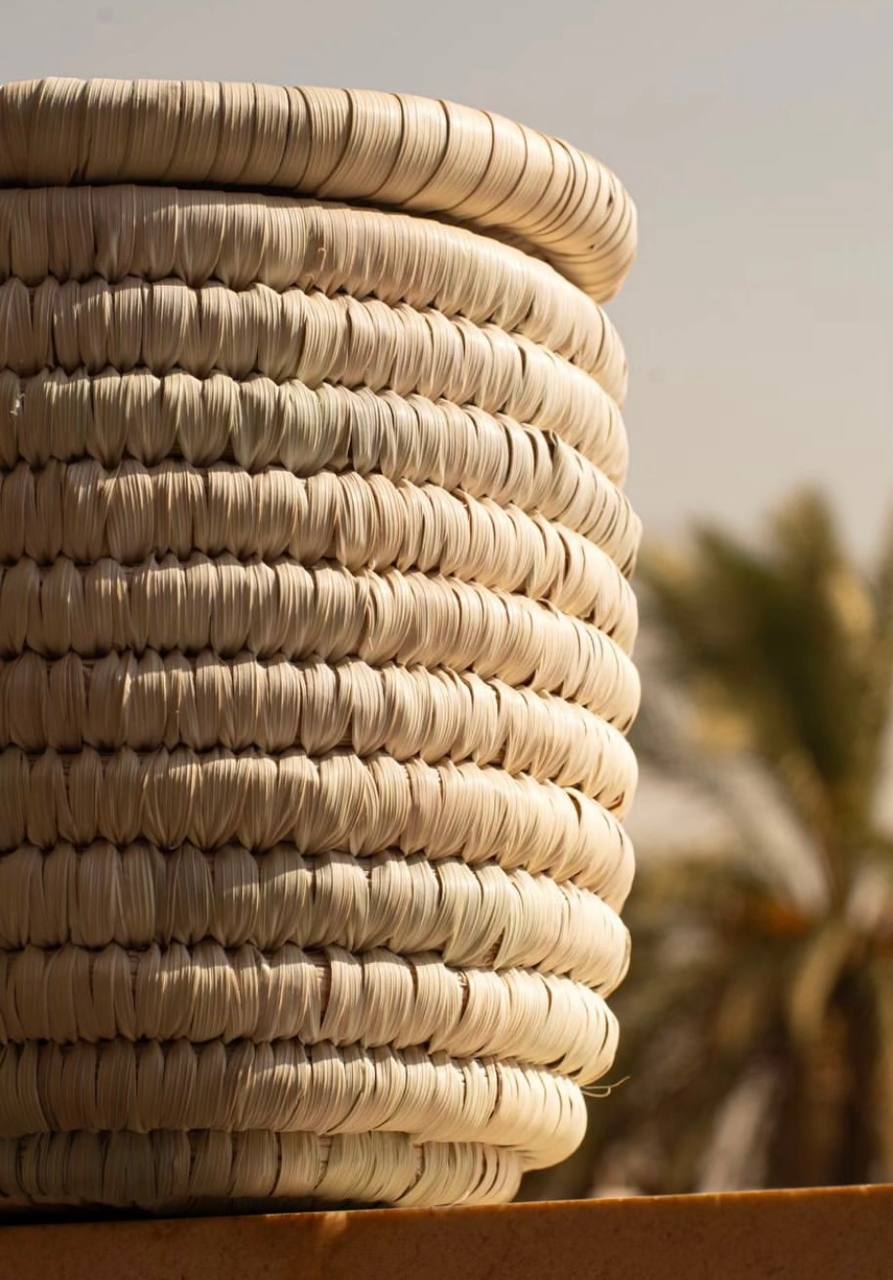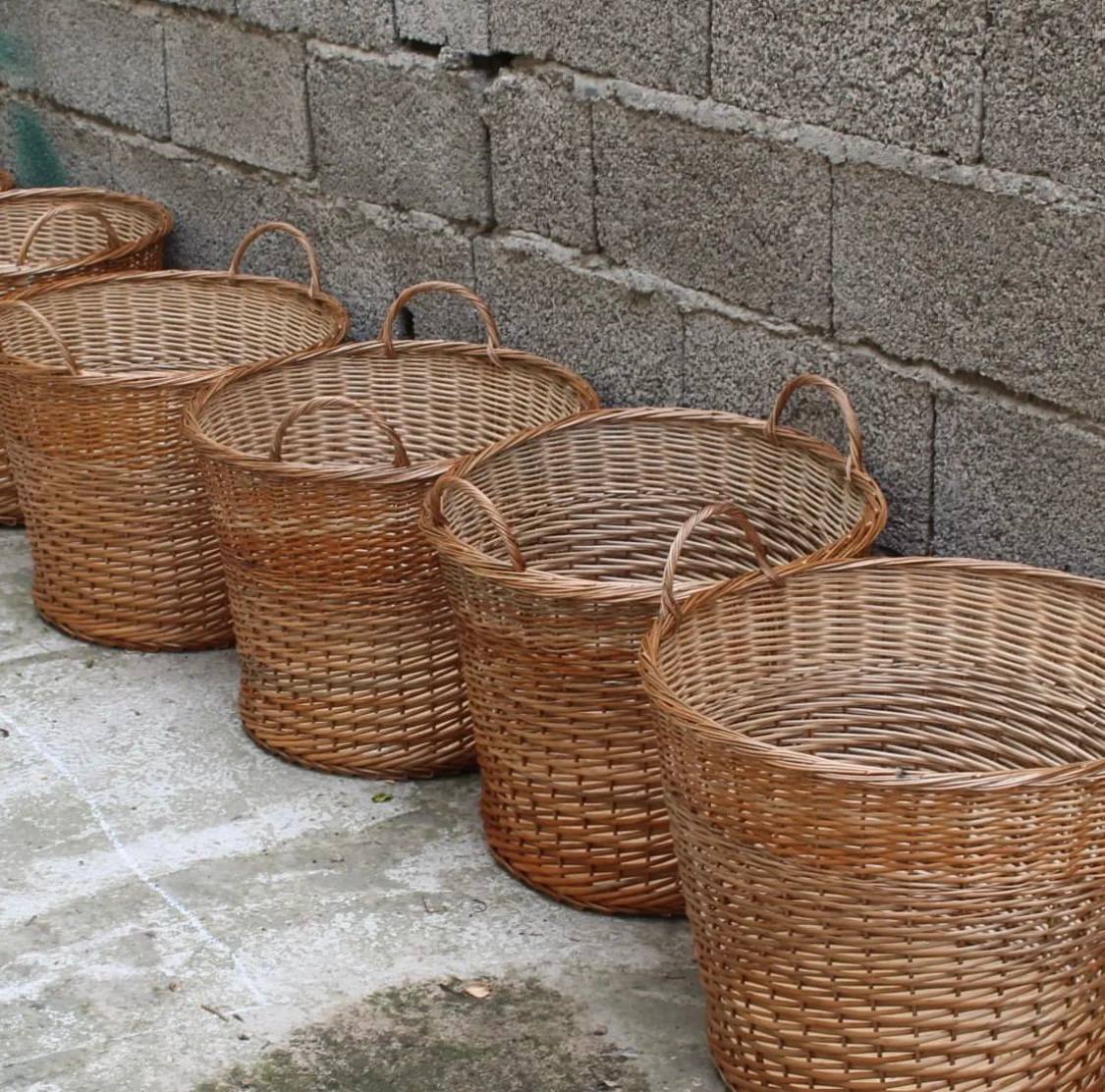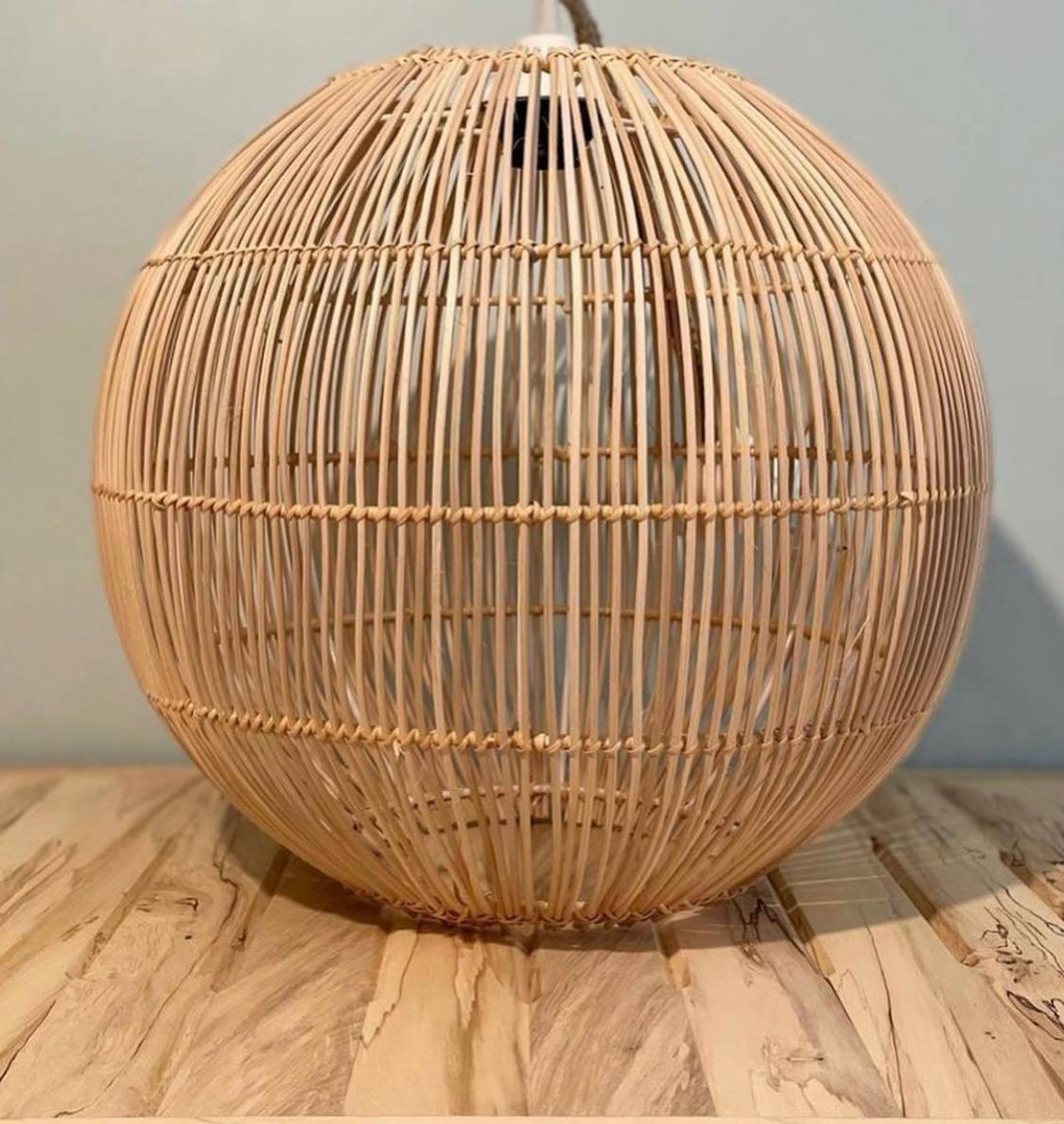Handicraft weaving mats of Iran
Iran has a rich tradition of handicrafts, including the weaving of mats and carpets. Persian rugs and carpets are renowned worldwide for their intricate designs, exquisite craftsmanship, and high-quality materials. While mats are not as famous as Persian rugs, they are still an important part of Iran’s weaving heritage. Handicraft weaving mats of Iran The art of mat weaving in Iran Iran has a rich tradition of handicrafts, including the weaving of mats handicrafts .

Here are some key points about handicraft weaving mats in Iran: Handicraft weaving mats of Iran The art of mat weaving in Iran Iran has a rich tradition of handicrafts, including the weaving of mats
Materials: Iranian mats are often woven from natural materials such as wool, cotton, and silk. The choice of material can vary depending on the region and the intended use of the mat. persian rug
Designs: Iranian mats feature a wide range of designs, patterns, and motifs. These designs are often influenced by the culture and traditions of the specific region where the mats are produced. Some common motifs include geometric patterns, floral designs, and abstract representations.
Regions: Different regions of Iran are known for producing distinctive types of mats. For example, the southern province of Sistan and Baluchestan is famous for its handwoven camel hair mats, which are known for their durability and intricate patterns. In contrast, the city of Qom is renowned for its silk mats.

Techniques: The weaving techniques used in Iran can vary. Handwoven mats are created using traditional looms, and the process can be time-consuming. Artisans often pass down their weaving skills through generations, ensuring the preservation of traditional techniques. backgammon
Dyeing: Natural dyes are often used in the creation of Iranian mats. These dyes are obtained from plants, minerals, and insects, resulting in a rich and vibrant color palette. Traditional dyeing methods are employed to achieve specific colors and shades. filigree

Utility: Iranian mats have various practical uses. They can serve as floor coverings, prayer mats, wall hangings, or decorative pieces. The choice of design and size often depends on the intended function of the mat. (Iranian carpet )
Artistic Value: Iranian mats are not just utilitarian objects; they are considered works of art. Many collectors and enthusiasts value them for their aesthetic beauty and cultural significance.
Export: Iran exports a significant number of mats and carpets each year. These exports contribute to the country\’s economy and promote its rich cultural heritage on the global stage. inlaid work
Iran’s tradition of weaving mats and carpets is deeply ingrained in its culture and history. Each mat tells a story, reflecting the creativity, craftsmanship, and cultural identity of the artisans who create them. These mats are not only functional but also pieces of art that have the power to transcend time and borders. Handicraft weaving mats of Iran The art of mat weaving in Iran Iran has a rich tradition of handicrafts, including the weaving of mats

The art of mat weaving in Iran
Iran has a rich tradition of handicrafts, and weaving mats is one of the many skilled crafts that have been practiced in the country for centuries. Iranian mats, particularly those made in various regions, are known for their intricate designs, high-quality materials, and craftsmanship. Here are some notable types of woven mats from Iran: Handicraft weaving mats of Iran The art of mat weaving in Iran Iran has a rich tradition of handicrafts, including the weaving of mats (machine carpets)
Gelim (Gelim or Kelim): Gelim is a flat-woven rug or mat that is a traditional part of Iranian culture. These mats are made by tightly weaving colorful threads of wool or cotton on a loom to create geometric patterns or tribal motifs. Gelim mats are versatile and can be used for various purposes, including floor coverings and wall hangings.

Jajim: Jajim is another type of flat-woven textile from Iran. These mats are often characterized by their vibrant colors and intricate patterns. Jajim mats are traditionally used as decorative wall hangings, bedspreads, or even as floor coverings. (silk carpet )
Gabbeh: Gabbeh is a type of rug or mat that is known for its simplicity and thick pile. These mats often feature bold and abstract designs, with a focus on basic shapes and vibrant colors. Gabbeh mats are primarily used for both functional and decorative purposes.
Baluch Rugs: These are traditionally woven by the Baluch people in southeastern Iran. Baluch rugs and mats often have dark, earthy colors and feature geometric motifs and tribal designs. They are known for their durability and are used as floor coverings. vitreous enamel
Jol or Jul: Jol or Jul mats are woven by the nomadic tribes in Iran. They are typically made from goat or camel hair and are known for their resilience. These mats are used for various purposes, including covering tents and as sleeping mats.
Sirjan Rugs: Sirjan is a city in Iran known for its rug production. Sirjan rugs often feature intricate floral designs and patterns, and they are prized for their craftsmanship.
Luri Mats: The Luri people, who inhabit southwestern Iran, are known for their woven mats and rugs. Luri mats often incorporate vibrant colors and tribal designs, reflecting the rich cultural heritage of the region. Saffron
Turkmen Rugs: Although Turkmen rugs are more commonly associated with Central Asia, Iranian Turkmen communities also produce these intricately designed mats. They are known for their distinctive red hues and geometric patterns.

Iranian woven mats and rugs are not only functional but also serve as important cultural and artistic expressions. They are often passed down through generations and are considered valuable family heirlooms. The patterns, colors, and weaving techniques used in these mats often carry deep cultural and historical significance, making them an integral part of Iran\’s rich heritage in handicrafts. Handicraft weaving mats of Iran The art of mat weaving in Iran Iran has a rich tradition of handicrafts, including the weaving of mats
